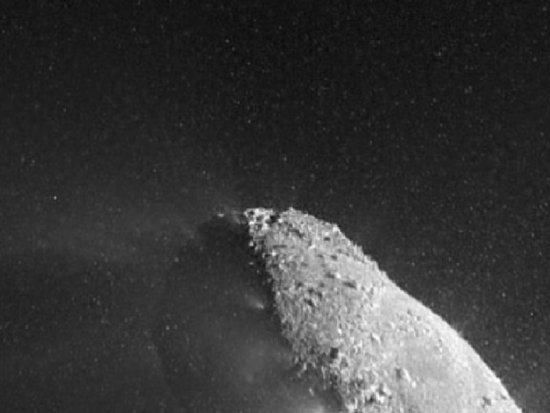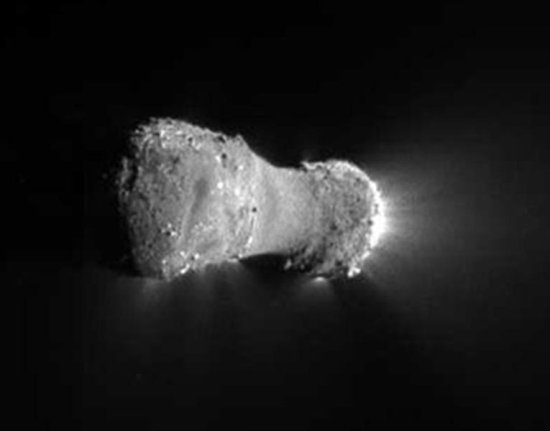A fourth crack has been found on Discovery’s external tank. How this will affect Discovery’s November 30 launch remains unknown. There will a briefing on Monday to discuss the status of the schedule. This quote however gives me the willies:
External tank crack repairs are not unusual. Some 29 stringer cracks were found in 18 previous tanks, according to an official familiar with their history. Four have now been found in Discovery’s tank, ET-137, and three were found in a tank scheduled for use by the shuttle Atlantis next summer, ET-138. Doublers were used in 23 repairs.
There is a saying that we always fight the last war. After the Challenger accident NASA made great effort to prevent another o-ring failure in the solid rocket boosters, and ignored the foam falling from the external tank. After the Columbia accident, NASA then made great effort to prevent another piece of foam from hitting an orbiter.
Unfortunately, it appears that NASA may now be ignoring this crack problem. Even though they have been able to repair past cracks, for this many cracks to occur this often should cause alarm bells to ring throughout the agency, forcing a look at the problem in toto. Instead, it appears management has been making catch-as-catch-can repairs.
What makes this situation even more difficult is the factory that makes the external tanks has shut down. No new tanks are available. Thus, there are not many options for flying these last few shuttle missions except by using the already existing tanks, and repairing them as needed.
Like I said, this is beginning to give me the willies.



